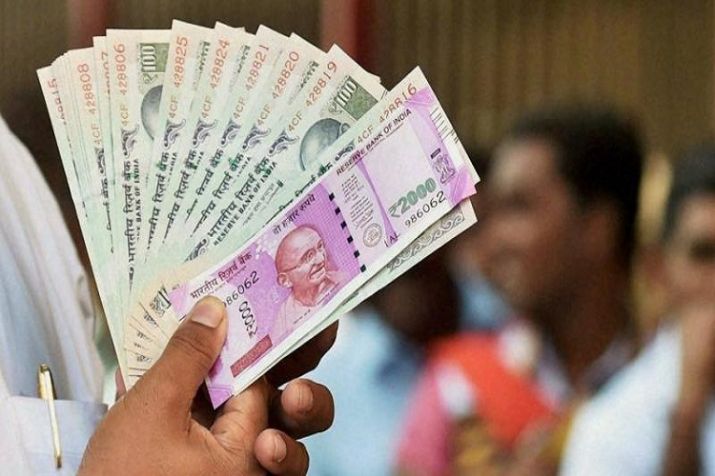
Several economists and experts have suggested the government to print more currency notes to tide over the difficult economic situation with a view to support the economy ravaged by the spread of COVID-19 and protect jobs.
Finance Minister Nirmala Sitharaman on Monday informed Parliament that the government has no plans to print currency notes to deal with the current economic crisis arising out of the outbreak of the COVID-19 pandemic. To a question whether there is any plan to print currency to deal with the crisis, the Finance Minister said, “No sir”.
Several economists and experts have suggested the government to print more currency notes to tide over the difficult economic situation with a view to support the economy ravaged by the spread of COVID-19 and protect jobs.
In economic parlance, printing of money is called deficit monetization. In other words, deficit monetization occurs when the Reserve Bank of India (RBI) buys government securities directly from the primary market to meet the government’s expenses.
India’s real gross domestic product (GDP) is projected to contract by 7.3 per cent during 2020-21, Sitharaman said in a written reply in the Lok Sabha.
He said that this contraction reflects the unique impact of the pandemic and the containment measures taken to control the pandemic.
He said, “The fundamentals of the economy remain strong as the gradual scaling up of the lockdown, along with the subtle support of the Atmanirbhar Bharat Mission, has put the economy firmly on the path of recovery from the second half of FY 2020-21, ” He said.
He said the government had announced a special economic and comprehensive package of Rs 29.87 lakh crore under Atmanirbhar Bharat (ANB) to tackle the impact of the pandemic, revive economic growth and increase employment during 2020-21.
The Union Budget 2021-22 announced a slew of measures to support comprehensive and inclusive economic growth, including a 34.5 per cent increase in capital expenditure and a 137 per cent increase in health expenditure, he said, adding that the government announced a relief package. 6.29 lakh crore in June 2021, to strengthen public health and provide impetus to growth and employment measures.
Responding to another question, Sitharaman said, the impact of the second COVID-19 wave is expected to remain muted due to localized containment measures and rapid increase in vaccination drive.
Union Budget 2021-22, India’s nominal GDP growth is estimated at 14.4 percent during the current fiscal year ending March 2022.
RBI, in its latest Monetary Policy Committee (MPC) resolution dated June 4, 2021, projected India’s real GDP to grow by 9.5 per cent in 2021-22, after accounting for the impact of the second wave compared to its earlier projection Is. of 10.5 percent, she said.
Responding to another question, the Finance Minister said that the RBI has announced a special three-year long-term repo operation (SLTRO) of Rs 10,000 crore at the repo rate for Small Finance Banks (SFBs), which are required to provide fresh loans. 10 lakh per borrower to provide further assistance to small business units, micro and small scale industries and other unorganized sector entities adversely affected during the current wave of the pandemic.
The first auction under SLTRO was held on May 17, 2021, he said, adding that the unutilized portion of the notified Rs 10,000 crore would be carried forward in each subsequent auction, till it is fully utilized or till the last auction to be held in October 2021. is being extended. , whichever is earlier.
He said that so far three auctions have been conducted under this scheme and small finance banks have received a total amount of Rs 1,640 crore under this scheme.
Read also | Reduction of 9 non-official directors in the central board of RBI
Read also | 7th Pay Commission: Haryana announces 28% DA hike for government employees
.